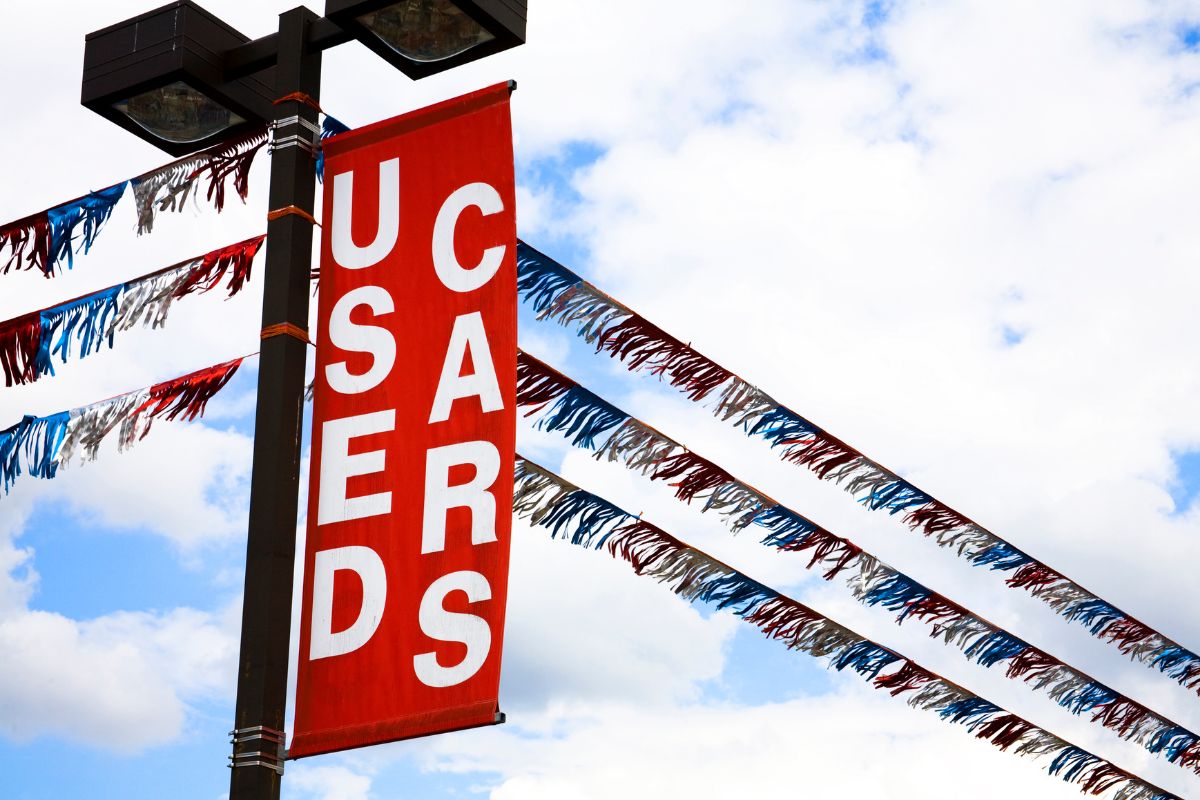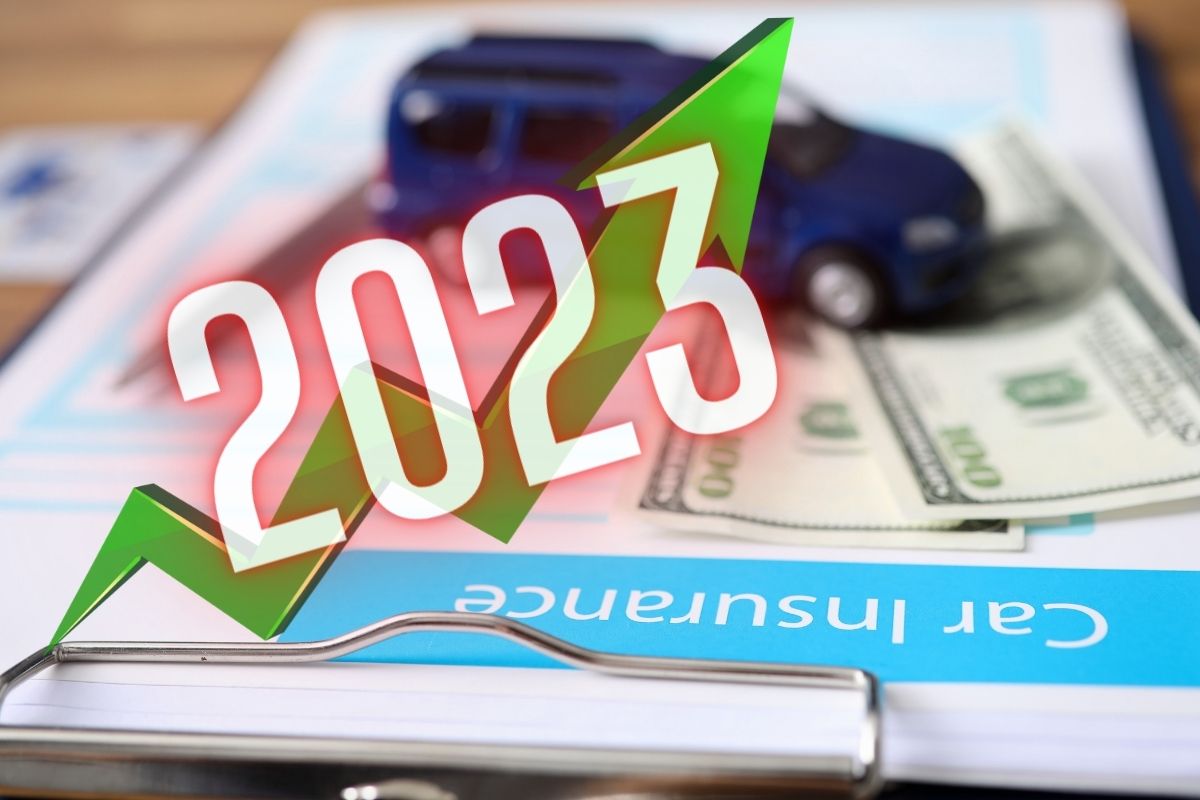The cost of insuring a vehicle in the United States is rapidly rising due to several factors.
If there’s anything Americans are getting used to seeing at the moment, it’s increases in their auto insurance premiums. Looking back at the trends from 2022 and looking forward to what is expected in 2023 has meant considerably higher costs associated with insuring a new or used vehicle.
This year has seen the largest rate increases recorded in the United States since 2019.
As was recently reported by Live Insurance News, there have been tremendous increases in auto insurance premiums over the last few years. For the ten years leading up to the pandemic, the cost of insuring a new car rose by an average of about 3 percent per year. In 2019 to 2020, that figure rose to 5 percent. From 2020 to 2021, that figure spiked to 17.2 percent, as we reported last week. The situation wasn’t much different for used vehicles.

This trend is only expected to continue into next year. A recent PropertyCasualtyReport article predicted that 2023 will bring another 12 percent average increase to the amount people are paying to insure their vehicles.
Vehicle rates are calculated on several different factors. While there are many factors associated with the individual driver, such as age, driving history, gender, education level, credit score, and others – all dependent on the state – there are other factors that also play a substantial role in how much a driver will pay for auto insurance premiums. It is those additional factors that have come to the forefront of the calculation in the last few years.
Inflation is the issue getting the most media attention at the moment. Currently, the cost of repairing or replacing a new car is rising very quickly. As a result, rates are rising to keep up with the cost of those payouts. As inflation stabilizes, that factor will stop being as much of a contributor to coverage rates.
Supply chain disruptions have also created an issue sending rates upward. Certain vehicles and parts are difficult to come by. While the demand has dropped because people are working from home more and driving less overall, the availability has dropped even further, sending prices upward and meaning that coverage needs to be more expensive to close the gap that formed.
Labor shortages are another issue sending auto insurance premiums upward. When it’s more difficult to hire, it means that there is greater competition among insurers to draw workers. As a result, they need to make it more appealing to work for them and to remain an employee. This is costly in both salary and benefits, again, driving rates upward.
Auto Insurance FAQ’s
Q1: Why are auto insurance premiums increasing in the United States?
A: Auto insurance premiums are increasing due to a variety of factors. These include inflation, supply chain disruptions, and labor shortages. These factors have led to increased costs for repairing or replacing vehicles, difficulties in procuring certain vehicles and parts, and increased competition among insurers to attract and retain employees.
Q2: How much has the cost of insuring a new vehicle increased over the past few years?
A: The cost of insuring a new vehicle has seen significant increases over the past few years. For the ten years leading up to the pandemic, the cost rose by an average of about 3 percent per year. However, from 2019 to 2020, this figure rose to 5 percent. The most dramatic increase occurred from 2020 to 2021, with a spike of 17.2 percent.
Q3: What is the projected increase in auto insurance premiums for 2023?
A: According to a recent PropertyCasualtyReport article, it is predicted that 2023 will see another average increase of 12 percent in auto insurance premiums.
Q4: Are the increases in auto insurance premiums specific to new vehicles only?
A: No, the trend of increasing auto insurance premiums is not specific to new vehicles. The situation is similar for used vehicles as well.
Q5: How are vehicle rates calculated?
A: Vehicle rates are calculated based on several factors. These include factors associated with the individual driver such as age, driving history, gender, education level, credit score, etc., dependent on the state. Other factors that play a substantial role include inflation, supply chain disruptions, and labor shortages.
Q6: How is inflation affecting auto insurance premiums?
A: Inflation is currently causing the cost of repairing or replacing a new car to rise very quickly. As a result, rates are rising to keep up with the cost of these payouts. When inflation stabilizes, this factor will stop being as much of a contributor to coverage rates.
Q7: How are supply chain disruptions and labor shortages affecting auto insurance premiums?
A: Supply chain disruptions have made certain vehicles and parts difficult to come by, causing prices and coverage costs to rise. Labor shortages have increased competition among insurers to attract workers, driving up costs in salary and benefits, which in turn drives up insurance premiums.

